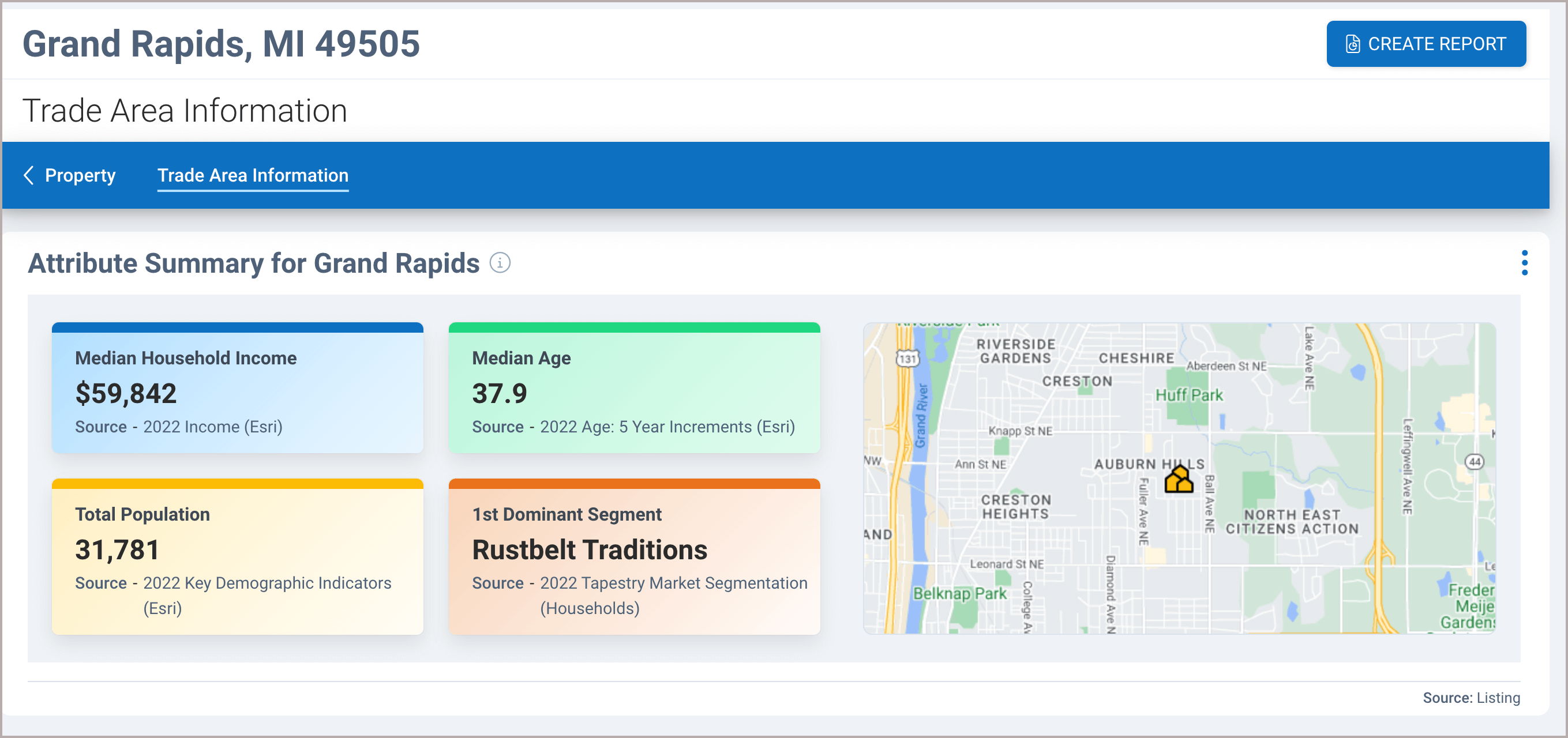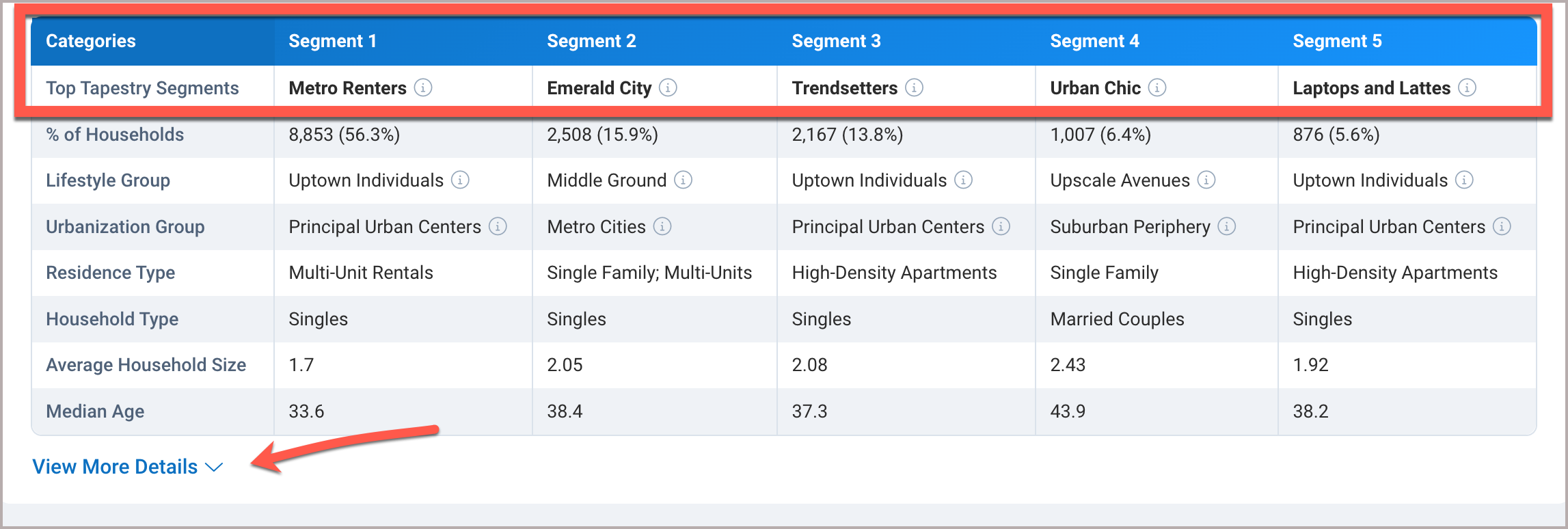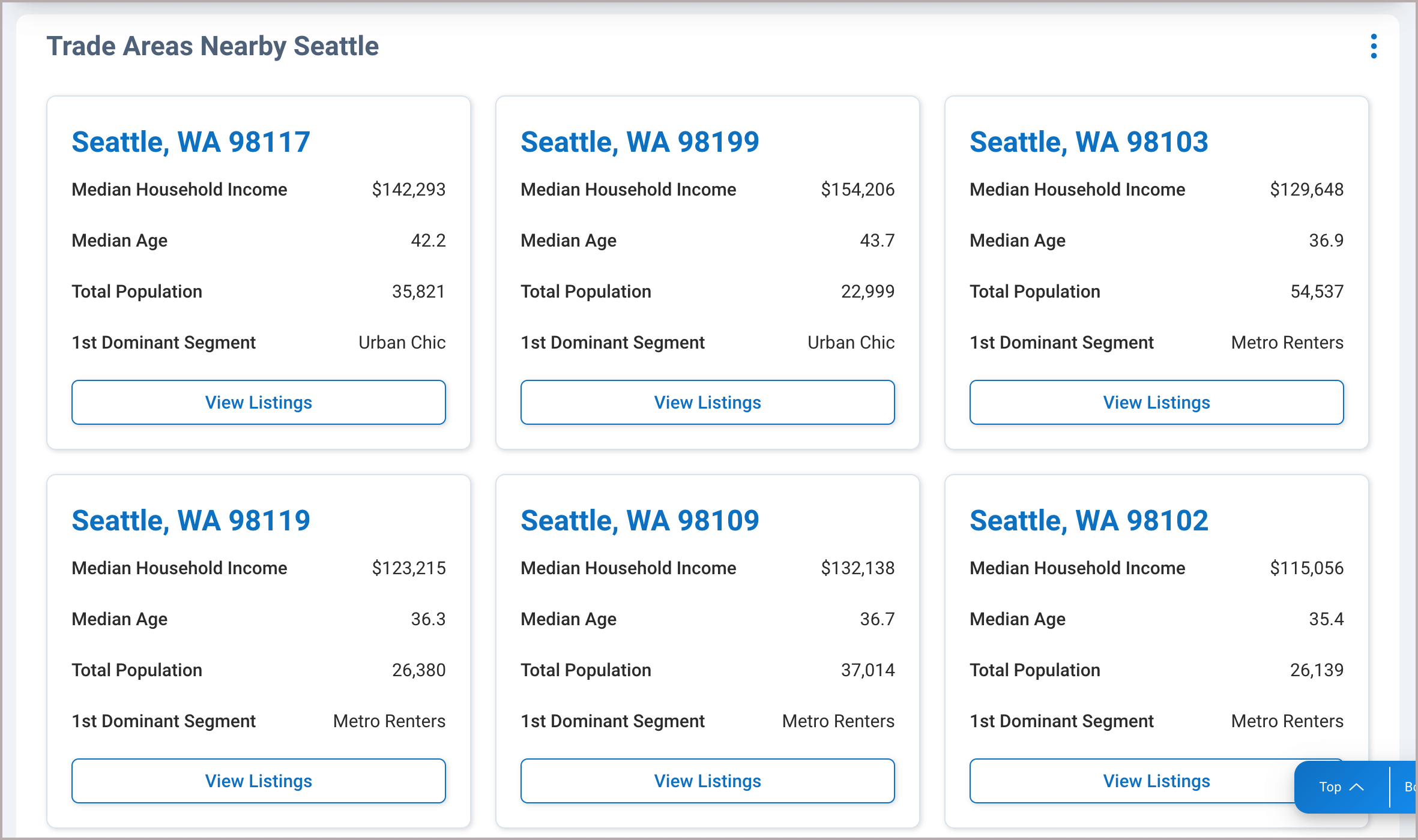Retirement Communities
Midlife Constants residents are seniors, at or approaching retirement, with below average labor force participation and above average net worth. Although located in predominantly metropolitan areas, they live outside the central cities, in smaller communities. Their lifestyle is more country than urban. They are generous, but not spendthrifts.
Rooted Rural
Rooted Rural is heavily concentrated in the Appalachian mountain range as well as in Texas and Arkansas. Employment in the forestry industry is common, and Rooted Rural residents live in many of the heavily forested regions of the country. This group enjoys time spent outdoors, hunting, fishing, or working in their gardens. Indoors, they enjoy watching television with a spouse and spending time with their pets. When shopping, they look for American-made and generic products. These communities are heavily influenced by religious faith and family history.
Rural Bypasses
Open space, undeveloped land, and farmland characterize Rural Bypasses. These families live within small towns along country back roads and enjoy the open air in these sparsely populated neighborhoods. Their country lifestyle focuses on the outdoors, gardening, hunting, and fishing. They are more likely to own a satellite dish than a home computer. Although most households do have a connection to the internet, use is very limited. Those who are not yet retired work in blue-collar jobs in the agriculture or manufacturing industries.
Rural Resort Dwellers
Although the Great Recession forced many owners of second homes to sell, Rural Resort Dwellers residents remain an active market, just a bit smaller. These communities are centered in resort areas, many in the Midwest, where the change in seasons supports a variety of outdoor activities. Retirement looms for many of these blue-collar, older householders, but workers are postponing retirement or returning to work to maintain their current lifestyles. Workers are traveling further to maintain employment. They are passionate about their hobbies, like freshwater fishing and hunting, but otherwise have very simple tastes.
Salt of the Earth
Salt of the Earth residents are entrenched in their traditional, rural lifestyles. Citizens are older, and many have grown children that have moved away. They still cherish family time and also tending to their vegetable gardens and preparing homemade meals. Residents embrace the outdoors; they spend most of their free time preparing for their next fishing, boating or camping trip. The majority has at least a high school diploma or some college education; many have expanded their skill set during their years of employment in the manufacturing and related industries. They may be experts with DIY projects, but the latest technology is not their forte. They use it when absolutely necessary but seek face-to-face contact in their routine activities.
Savvy Suburbanites
Savvy Suburbanites residents are well educated, well read, and well capitalized. Families include empty nesters and empty nester wannabes, who still have adult children at home. Located in older neighborhoods outside the urban core, their suburban lifestyle includes home remodeling and gardening plus the active pursuit of sports and exercise. They enjoy good food and wine, plus the amenities of the city’s cultural events.
Senior Escapes
The backbone of older industrial cities in states surrounding the Great Lakes, Manufacturing Traditions residents are a mix of married-couple families and singles living in older developments of single-family homes. While varied, the workforce is primarily white collar, with a higher concentration of skilled workers in manufacturing, retail trade, and health care. Manufacturing Traditions represents a large market of stable, hardworking consumers with modest incomes but an average net worth of nearly $400,000. Family oriented, they value time spent at home. Most have lived, worked, and played in the same area for years.
Set to Impress
Set to Impress is depicted by medium to large multiunit apartments with lower than average rents. These apartments are often nestled into neighborhoods with other businesses or single-family housing. Nearly one in three residents is 20 to 34 years old, and a large portion are single-person nonfamily households. Although many residents live alone, they preserve close connections with their family. Many work in food service while they are attending college. This group is always looking for a deal. They are very conscious of their image and seek to bolster their status with the latest fashion. Set to Impress residents are tapped into popular music and the local music scene.
Silver and Gold
Residents in this large, growing segment are older, with more than half of all householders aged 55 or older; many still live in the suburbs where they grew up. Most are professionals working in government, health care or manufacturing. These Baby Boomers are earning a comfortable living and benefitting from years of prudent investing and saving. Their net worth is well above average. Many are enjoying the transition from child rearing to retirement. They value their health and financial well-being.
Small Town Sincerity
Small Town Sincerity includes young families and senior householders that are bound by community ties. The lifestyle is down-to-earth and semirural, with television for entertainment and news, and emphasis on convenience for both young parents and senior citizens. Residents embark on pursuits including online computer games, renting movies, indoor gardening, and rural activities like hunting and fishing. Residents keep their finances simple—paying bills in person and avoiding debt.
Social Security Set
Social Security Set is an older market located in metropolitan cities across the country. One-fourth of householders here are aged 65 or older and dependent on low, fixed incomes, primarily Social Security. In the aftermath of the Great Recession, early retirement is now a dream for many approaching the retirement age; wages and salary income in this market are still earned. Residents live alone in low-rent, high-rise buildings, located in or close to business districts that attract heavy daytime traffic. But they enjoy the hustle and bustle of life in the heart of the city, with the added benefit of access to hospitals, community centers, and public transportation.
Southern Satellites
Southern Satellites is the second largest market found in rural settlements but within metropolitan areas located primarily in the South. This market is typically slightly older, settled married-couple families, who own their homes. Two-thirds of the homes are single-family structures; almost a third are mobile homes. Median household income and home value are below average. Workers are employed in a variety of industries, such as manufacturing, health care, retail trade, and construction, with higher proportions in mining and agriculture than the US. Residents enjoy country living, preferring outdoor activities and DIY home projects.
Southwestern Families
Residents in these neighborhoods are young families primarily located in the Southwest. Children are the center of households that are composed mainly of married couples with children and single-parent families. Grandparents are caregivers in some of these households. Many are limited English speaking households. Much of the working-age population is employed in blue-collar occupations, specializing in skilled work, as well as building maintenance and service jobs. Spending is focused on the family and at-home entertainment.
The Elders
These suburbanites have achieved the dream of home ownership. They have purchased homes that are within their means. Their homes are older, and town homes and duplexes are not uncommon. Many of these families are two-income married couples approaching retirement age; they are comfortable in their jobs and their homes, budget wisely, but do not plan on retiring anytime soon or moving. Neighborhoods are well established, as are the amenities and programs that supported their now independent children through school and college. The appeal of these kid-friendly neighborhoods is now attracting a new generation of young couples.
The Great Outdoors
These neighborhoods are found in pastoral settings throughout the United States. Consumers are educated empty nesters living an active but modest lifestyle. Their focus is land. They are more likely to invest in real estate or a vacation home than stocks. They are active gardeners and partial to homegrown and home-cooked meals. Although retirement beckons, most of these residents still work, with incomes slightly above the US level.
Top Tier
The residents of the wealthiest Tapestry market, Top Tier, earn more than three times the US household income. They have the purchasing power to indulge any choice, but what do their hearts’ desire? Aside from the obvious expense for the upkeep of their lavish homes, consumers select upscale salons, spas, and fitness centers for their personal well-being and shop at high-end retailers for their personal effects. Whether short or long, domestic or foreign, their frequent vacations spare no expense. Residents fill their weekends and evenings with opera, classical music concerts, charity dinners, and shopping. These highly educated professionals have reached their corporate career goals. With an accumulated average net worth of over $3 million dollars and income from a strong investment portfolio, many of these older residents have moved into consulting roles or operate their own businesses.
Traditional Living
Residents in this segment live primarily in low-density, settled neighborhoods in the Midwest. The households are a mix of married-couple families and singles. Many families encompass two generations who have lived and worked in the community; their children are likely to follow suit. The manufacturing, retail trade, and health-care sectors are the primary sources of employment for these residents. This is a younger market—beginning householders who are juggling the responsibilities of living on their own or a new marriage, while retaining their youthful interests in style and fun.
Trendsetters
Armed with the motto “you’re only young once,” Trendsetters residents live life to its full potential. These educated young singles aren’t ready to settle down; they do not own homes or vehicles and choose to spend their disposable income on upscale city living and entertainment. Dressed head to toe in the most current fashions, their weeknights and weekends are filled discovering local art and culture, dining out or exploring new hobbies. Their vacations are often spontaneous, packed with new experiences and chronicled on their Facebook pages.






